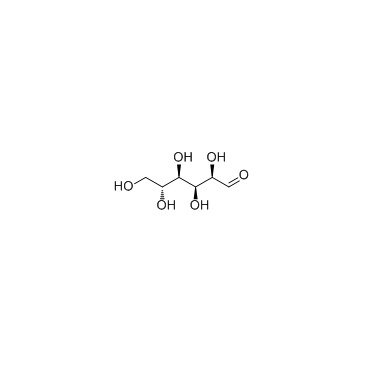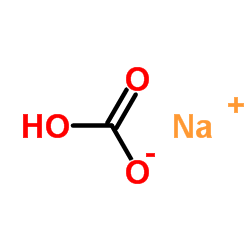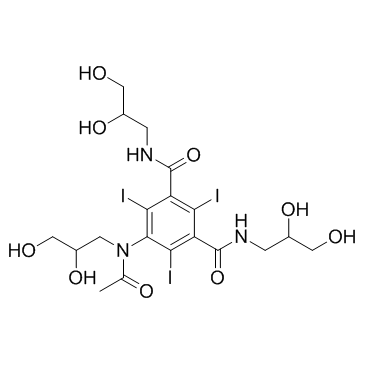International Journal of Cardiology
2015-12-15
Comparison of combination therapy of high-dose oral N-acetylcysteine and intravenous sodium bicarbonate hydration with individual therapies in the reduction of Contrast-induced Nephropathy during Cardiac Catheterisation and Percutaneous Coronary Intervention (CONTRAST): A multi-centre, randomised, controlled trial.
Eric Chong, Kian-Keong Poh, Qingshu Lu, James Jun-Jie Zhang, Ning Tan, Xu Min Hou, Hean-Yee Ong, Aizai Azan, Shao-Liang Chen, Ji-Yan Chen, Rosli Mohd Ali, Wei-Yi Fang, Titus Wai Leong Lau, Huay-Cheem Tan
Index: Int. J. Cardiol. 201 , 237-42, (2015)
Full Text: HTML
Abstract
N-acetylcysteine (NAC) and sodium bicarbonate (SOB) therapies may prevent contrast-induced nephropathy (CIN). However, the efficacy of using combination over individual therapies was not established, and there was no large randomised study comparing abbreviated SOB therapy with conventional sustained saline pre-hydration with oral NAC.In a multi-centre, open-label, randomised, controlled trial (NCT00497328), we prospectively enrolled 548 patients with at least moderate renal impairment undergoing cardiac catheterisation with or without percutaneous coronary intervention. Patients were randomly assigned to 3 groups: 1) NAC: 154 mEq/L sustained sodium chloride regime (1 mL/kg/h 12 h before, during and 6h after the procedure) with oral NAC at 1.2g bid for 3 days (n=185); 2) SOB: 154 mEq/L abbreviated SOB regime at 3 mL/kg/h 1h before the procedure, and 1 mL/kg/h during and 6h after the procedure (n=182); and 3) COM: combination of abbreviated SOB regime and oral NAC (n=181). The primary end point was incidence of CIN. The secondary end points were rise in serum creatinine, hospitalisation duration, haemodialysis, morbidity and mortality within 30 days.The 3 groups had similar baseline characteristics: age 68 ± 10 years, 76% male, 48% diabetic and baseline glomerular filtration rate (GFR) 47.7 ± 13.0 mL/min. There were 41 (8.8%) patients with GFR<30. The CIN incidences were NAC 6.5%, SOB 12.8% and COM 10.6%. The COM regimen was not superior to either the NAC (relative risk (RR)=1.61, 95% confidence interval (CI): 0.76 to 3.45, p=0.225) or SOB (RR=0.83, 95% CI: 0.44 to 1.56, p=0.593) regimens. The CIN incidence was lower in the NAC group than the SOB group (adjusted odds ratio (OR)=0.40, 95% CI: 0.17 to 0.92; p=0.032). Multivariate analysis showed contrast volume (OR=1.99, 95% CI: 1.33 to 2.96, p<0.001 per 100mL), female (OR=2.47, 95% CI: 1.22 to 5.00, p=0.012) and diabetes (OR=2.03, 95% CI: 1.03 to 3.99, p=0.041) were independent risk predictors. There were no differences in the secondary outcomes among the 3 groups.The combination regimen was not superior to individual regimens in preventing CIN in patients with baseline renal impairment. There was a trend suggesting that the 12-hour sustained sodium chloride pre-hydration regimen was more protective than the 1-hour abbreviated SOB regimen.Copyright © 2015 Elsevier Ireland Ltd. All rights reserved.






